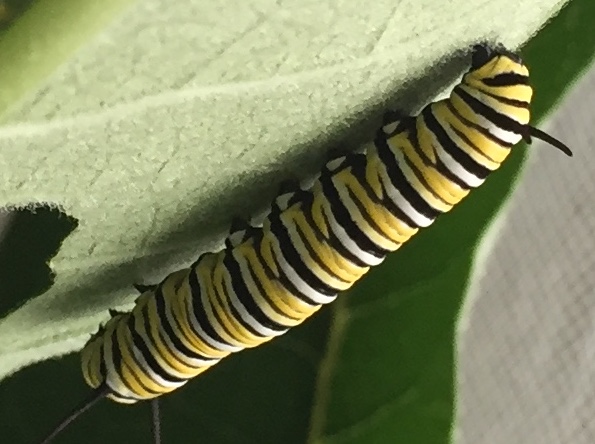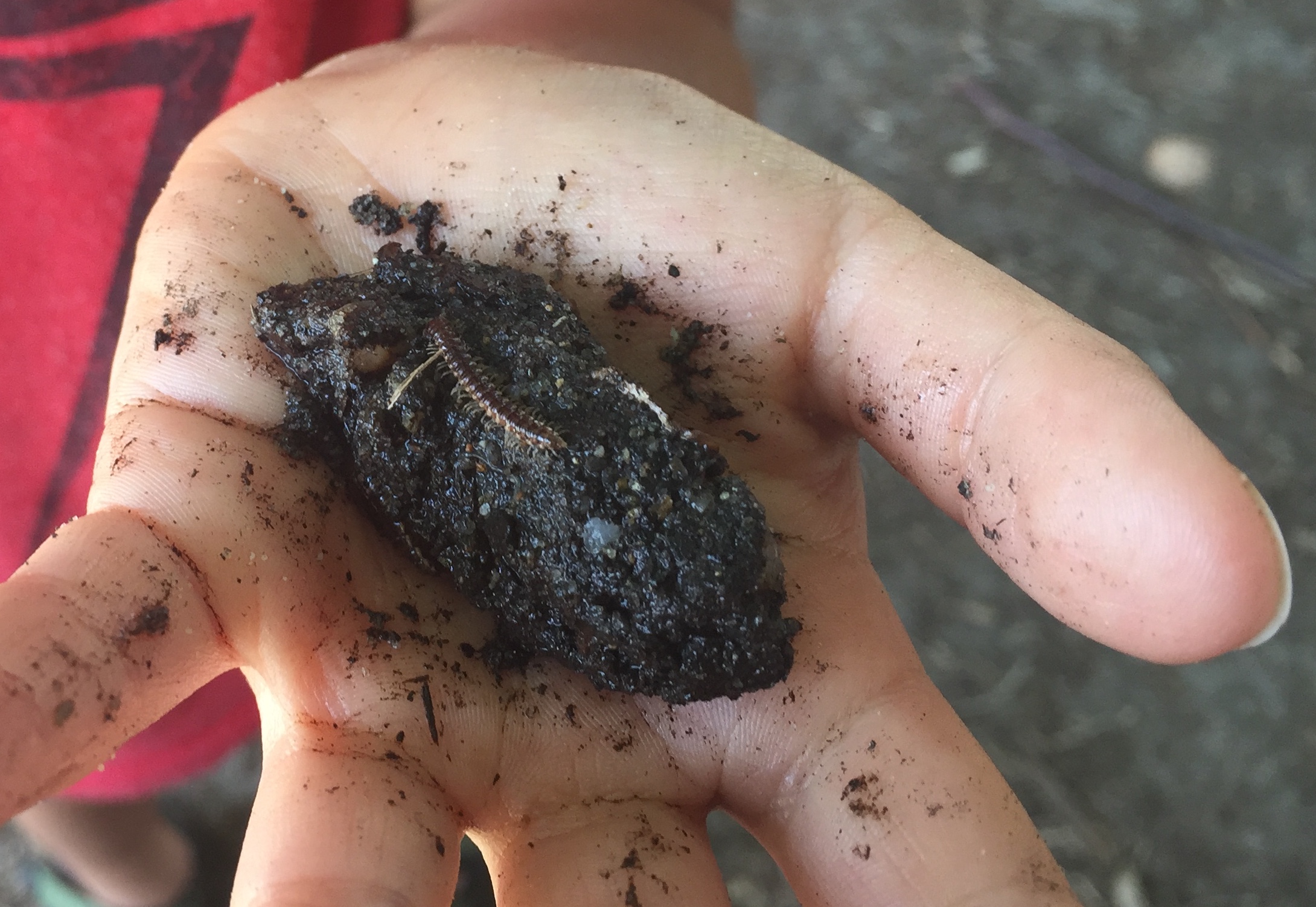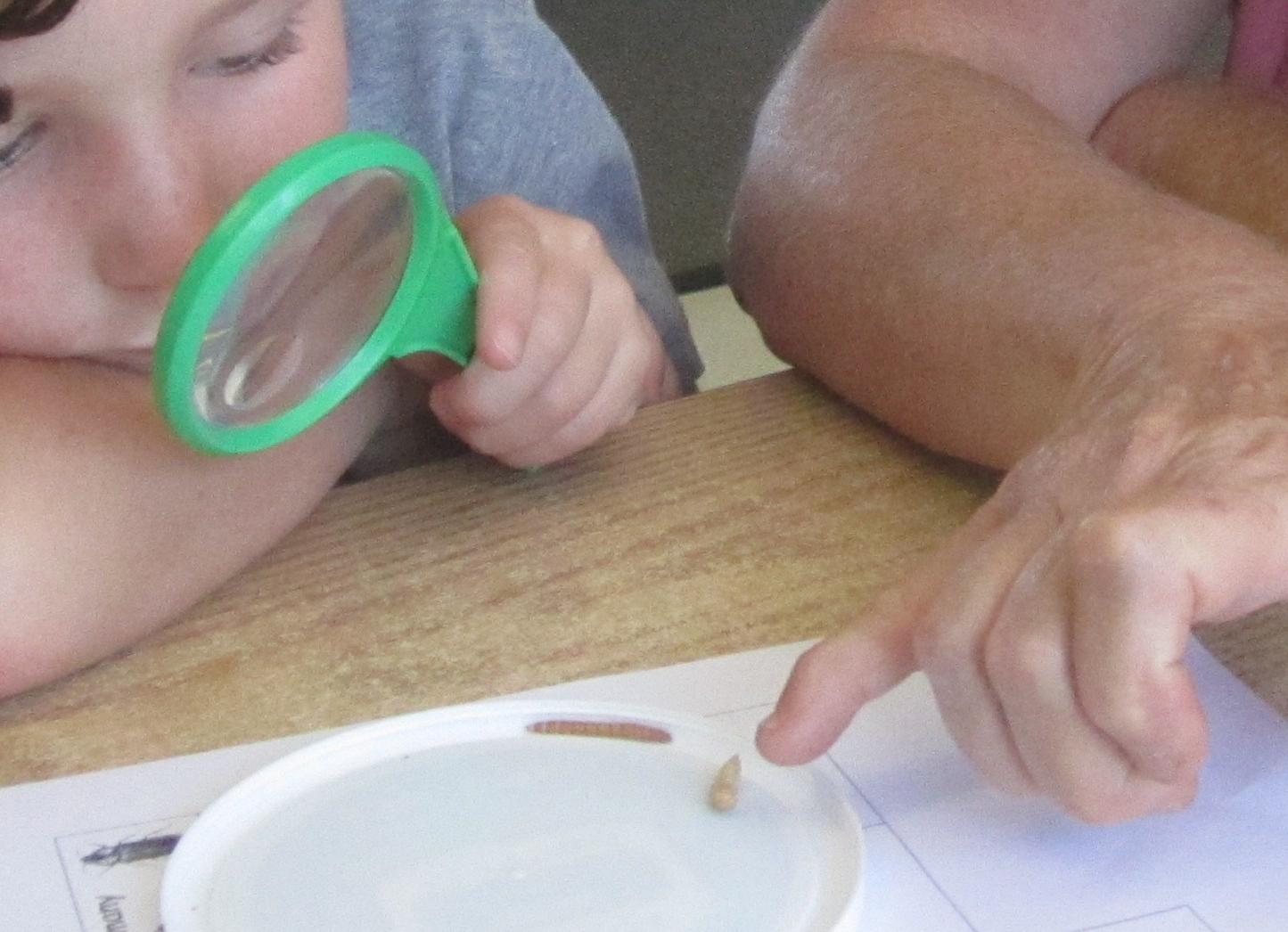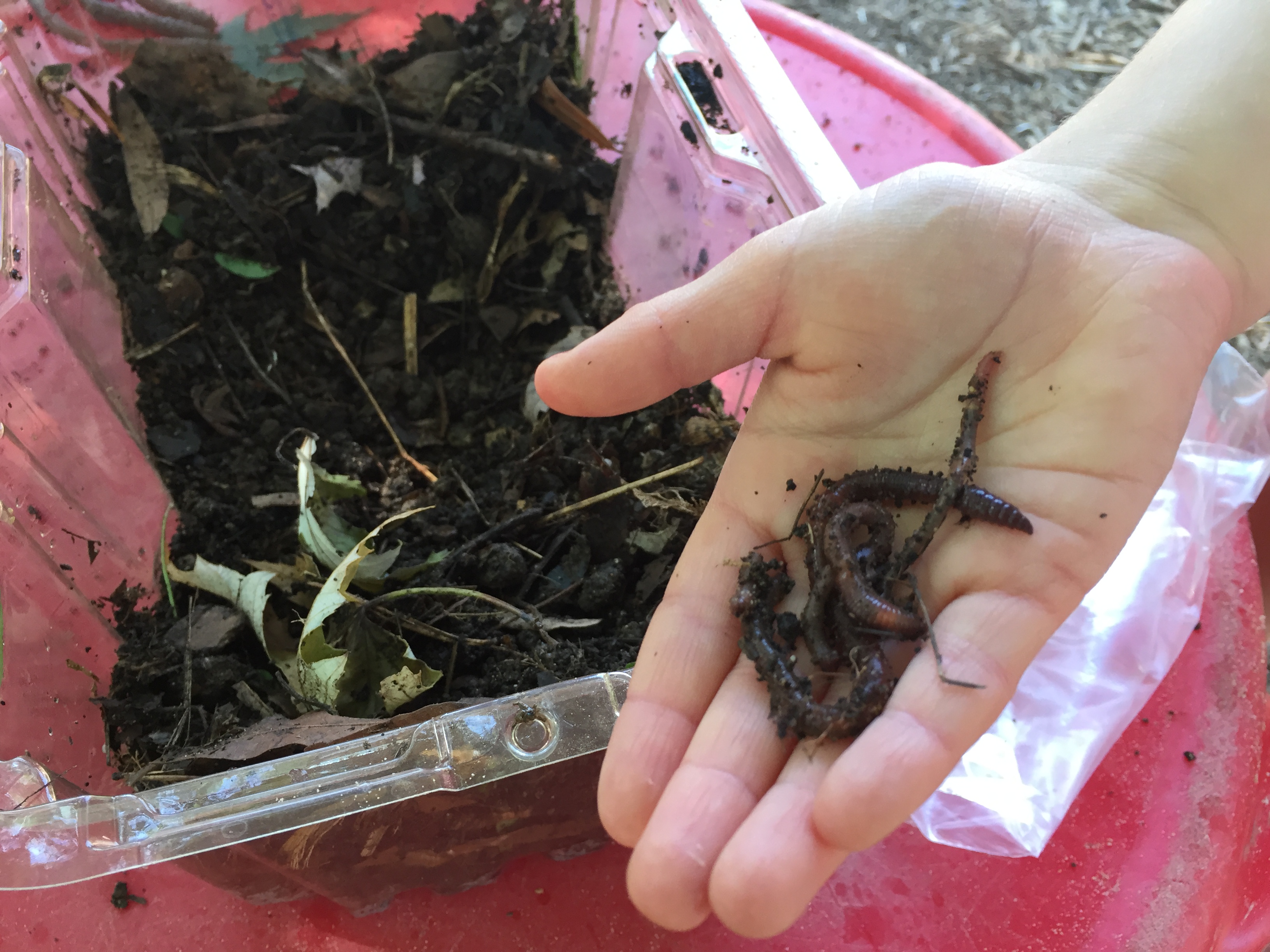Intentionally providing materials to sort
By Peggy Ashbrook
Posted on 2019-11-26
In addition to providing materials for children, we can ask ourselves, “What is my role as an educator when I provide materials for sorting?” If we were picking through lentils to sort out any wee stones before cooking, our job would be to give children experiences and information to help them identify what is a stone and what is a lentil. If we are sorting laundry to be washed, we would give children experiences and information about color bleeding and absorption to help them understand the reason for sorting. What is the reason for sorting a basket of multicolored and various sized plastic bears? Through sorting activities children are introduced to the idea of attributes, such as size, color, and weight. Non-uniform natural materials with more variation between items provide more challenging sorting experiences. “This rock is biggest.” “And the other rocks are littler.” An educator might ask, “How many different sizes are there?” Or, “Can they be put in a line from biggest to smallest?” Children will have ideas of their own on how the rocks should be sorted.
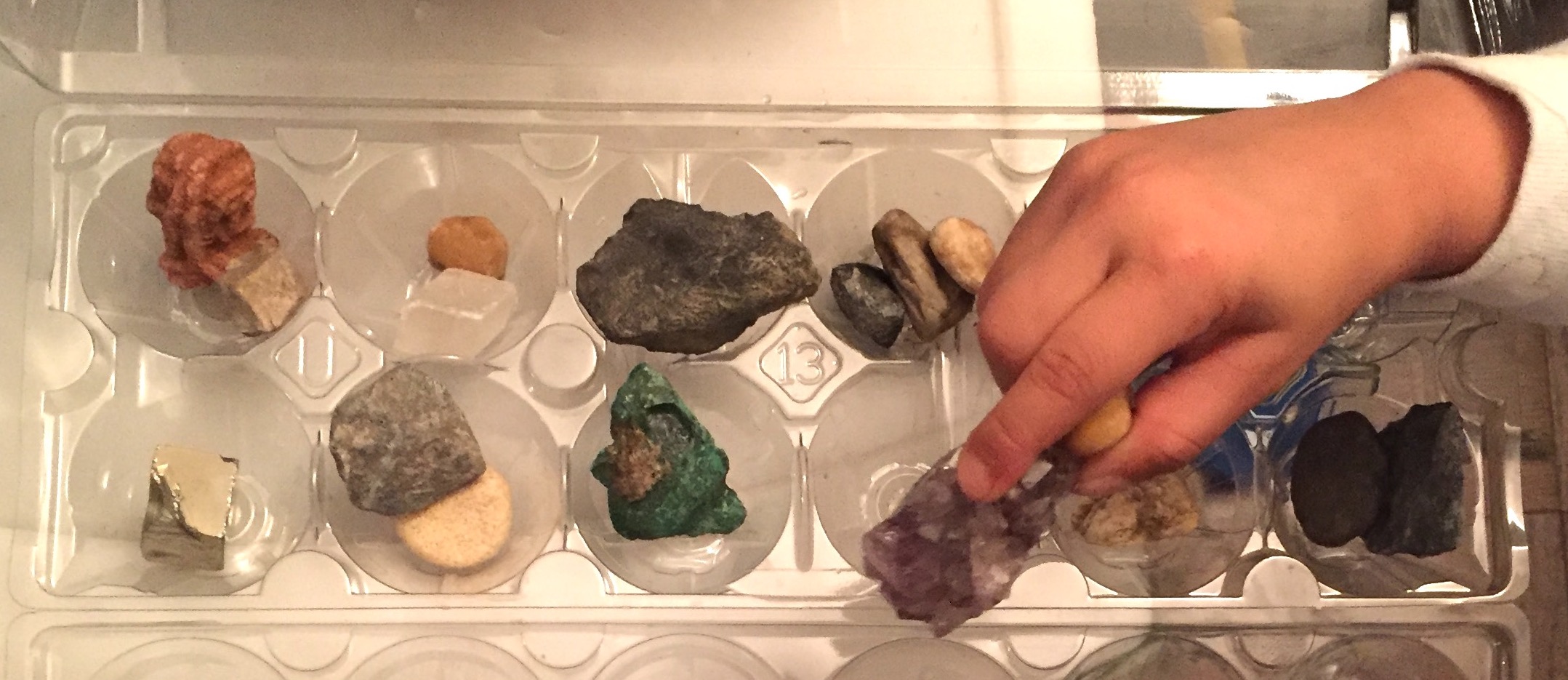
Sorting is one way to use and make sense of data. It is a way to classify living organisms, materials and objects. Through many experiences making observations of earthworms, children learn that earthworms do not have legs. This knowledge helps them classify caterpillars and other larvae (such as beetle larvae often called “mealworms”) as not-worms but something else. They may decide that something else is an insect based on two attributes—the presence of legs, and having six legs. And put millipedes in a separate group based on their “many, many” legs.
One of the Erikson Institute Early Math Collaborative’s Big Ideas is that “attributes can be used to sort collections into sets.” “Young children who understand the Big Idea that attributes can be used to sort collections into sets have a working knowledge of what a set is and how it is constructed.”
In Incorporating Math into Your Cold-Weather Routines, Math at Home blogger Diann Gano describes how she uses sets of cold-weather gear to help preschool children learn routine and patterns and sequence while teaching them to be self-sufficient. See her photos of a two-year-old demonstrating the “firefighter flip” for getting the jacket on with arms in the correct armholes. In another post Gano relates how collected natural materials involved children in arranging the materials, sorting and creating patterns.
“One major use of pattern recognition is in classification, which depends on careful observation of similarities and differences; objects can be classified into groups on the basis of similarities of visible or microscopic features or on the basis of similarities of function” (NRC). Patterns is one of the Next Generation Science Standards (NGSS) Crosscutting Concepts, concepts that bridge disciplinary boundaries, uniting core ideas throughout the fields of science and engineering.
Having an intention for offering materials for children’s use means we have some idea of what children are capable of and what they will learn through using the materials. Children may have other ideas—they usually do! In the Early Years column in the November 2019 issue of Science and Children I wrote about how children’s sorting ideas made me reconsider how the random grouping of model (toy) animals in one tub on the shelf affected how children sorted them, and perhaps led to some misconceptions.
National Research Council (NRC). 2012. A Framework for K-12 Science Education: Practices, Crosscutting Concepts, and Core Ideas. Washington, DC: The National Academies Press.
Disclaimer: The views expressed in this blog post are those of the author(s) and do not necessarily reflect the official position of the National Science Teaching Association (NSTA).



